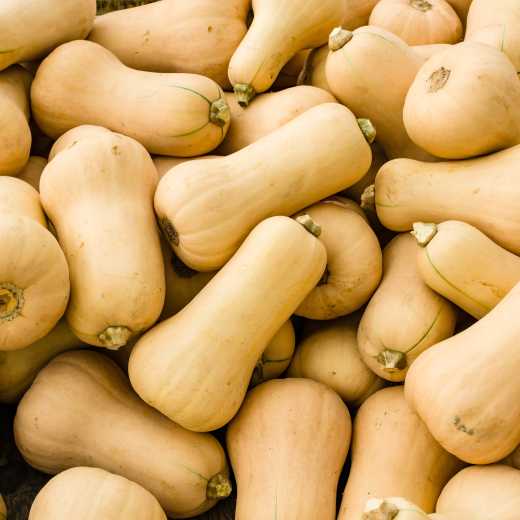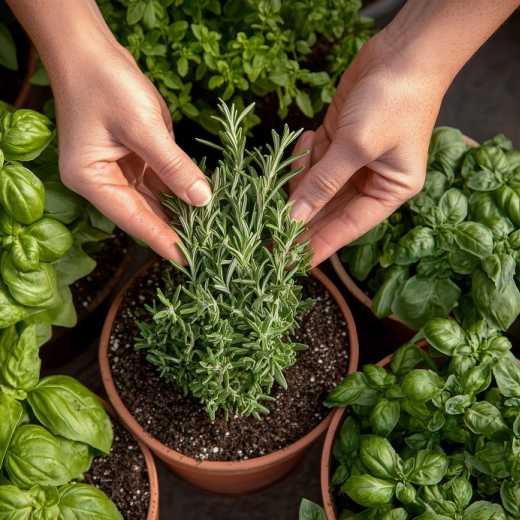Tropical Mandevilla Plants
Recently I was given a mandevilla plant with pink flowers. Mandevilla plants are popular summer bloomers where I live in Northern Virginia. I have always admired them – they are vigorous climbers with bright, large, trumpet-shaped flowers. Usually, I see pink, red, or white blossoms at the local garden centers, but there are other colors on the market.
Mandevilla is a member of the Apocynaceae family, also known as the dogbane family. Its cousins are Plumeria (frangipani), Nerium (oleander), Vinca (periwinkle), Amsonia (blue star), and Hoya (wax plant).
Native to southeastern United States, Mexico, Central America, South America, and the West Indies, mandevilla was named after Henry Mandeville. Henry was a British diplomat and gardener who discovered this plant in Argentina and sent it back to England in the 1800s.
In recent years, there has been a tremendous amount of hybridizing with mandevillas. There are many lines or series such as Sun Parasol, Sunvilla, Bombshell, and Parfait. There are plants that are more compact than the species, really compact for containers, and plants with variegated foliage, double-petaled flowers, and new flower colors such as apricot. They are all beautiful, but they are not cheap annuals. These are perennial, tropical plants that are a little costly but love our hot humid summers.
I was given this mandevilla at the end of July, in its original, one-quart container. The short, bamboo trellis which usually comes with this type of plant, had already broken. I wondered if it was the runt of the nursery. The first thing I did was pot it up into a larger container and add a larger trellis. The second thing I did was look up how to overwinter it. Now that I own this tropical beauty, I want to figure out how to keep it.
Interestingly, I did find out that deer and rabbit are not interested in this plant. If I had known that I might have purchased one earlier. Butterflies and hummingbirds are attracted to the flowers. Also, pinching the ends of the vines encourages bushiness.
They do need support and should be planted with a trellis or obelisk or planted near a pergola or a fence. If they are grown in containers, they will need fertilizer in the summer for continuous blooms.
Because these are tropical vines, hardy to Zone 10, they will not make it over the winter where I live, Zone 7. But you can protect them over the winter so they can be brought outside again next year for another season of beauty.
There are basically two ways to do this. One is to grow them like houseplants indoors and the other is to let them go dormant for the winter. In the fall, before the temperatures dip below fifty degrees, bring the plant inside. Remember that night temperatures can dip below fifty even though day temperatures are still warm in the fall.
To grow like a houseplant, trim them back first. It can be a real haircut, up to one half of the foliage, but do it so you are removing leaves and stems for reducing transpiration, not to make it ugly. Then place in a room that has much light as possible while as cool as possible. Water less frequently; do not fertilize. It may not bloom but that is okay, it is just surviving for a few months. Keep watching for pests. In the spring, prune and fertilize. In early June bring the plant outside. Place in shade first and gradually move to full sun.
The dormant method is to bring the plant indoors and trim back to about twelve inches. Put in a cool garage or basement where temperature is above freezing. Make sure it does not dry out completely. Water only to prevent it from drying out. In the spring, bring it in the house to increased light and heat. In early June, bring it outside. Again, shade first and gradually to full sun.
This way, your mandevilla plant should provide color every summer and you will certainly get your money’s worth.
National Garden Clubs, Inc. is a 501(c)(3) organization that aims to promote the love of gardening, floral design, and civic and environmental responsibility. There is a local club near you, click here to find one and join. Subscribe to the NGC’s blog by entering your e-mail here. You do not have to be an NGC member to subscribe. NGC welcomes blog article submissions, e-mail the Blog Administrator at blog@gardenclub.org.

 Member Login
Member Login






